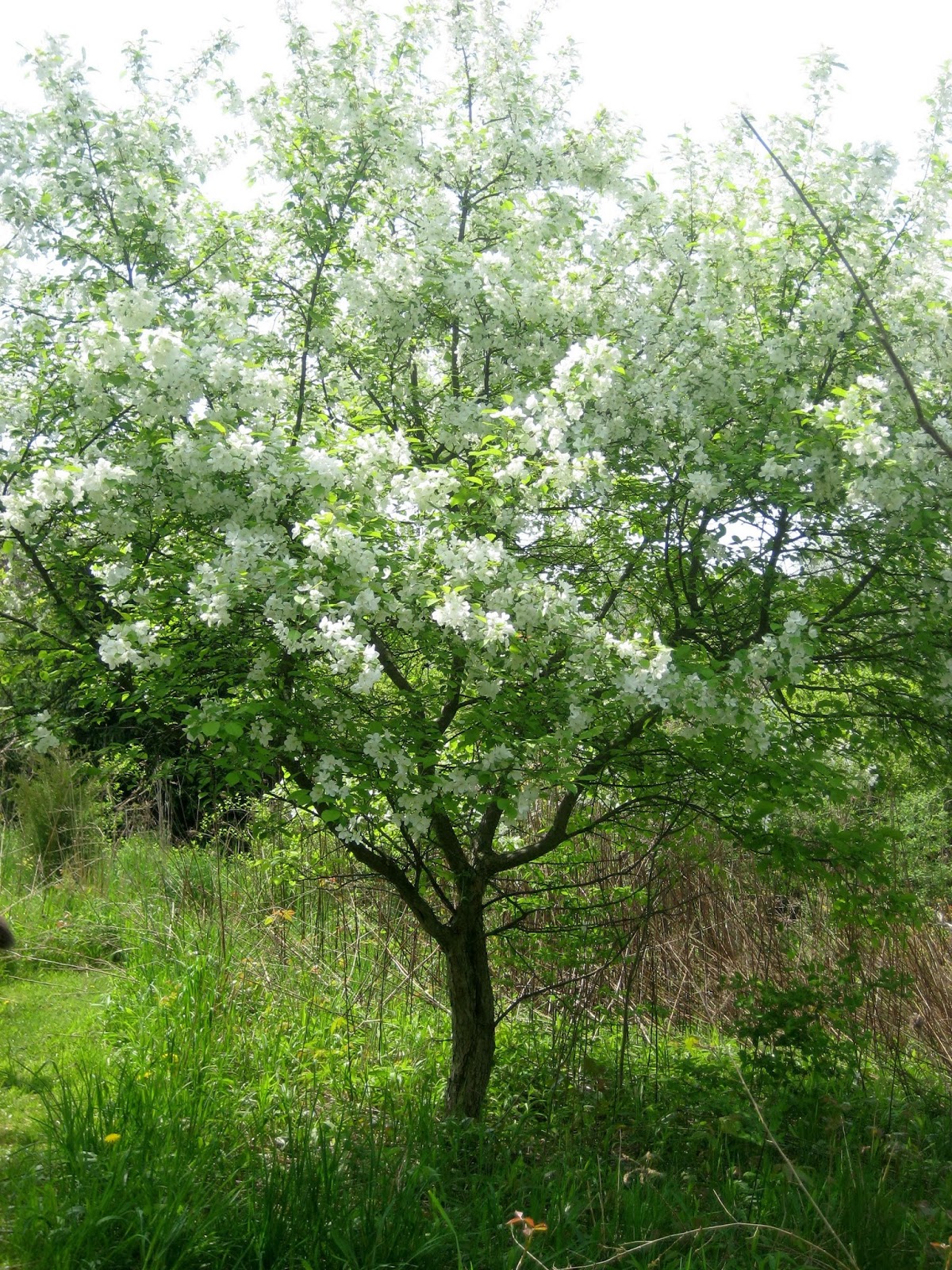
There are many who believe it is only a hobby when we feed the birds. That it is nature's way for them to survive without the need for our interference. Very true if the natural habitat of our wild animals hadn't been so tampered with by the effects of suburban sprawl and the destruction of their sources of food, water and shelter.
The cost of bird seed is definitely a worthwhile expense worked into the budget of many people. Never knowing if there really is enough available food and water, it is very satisfying to know that perhaps the birds in one's own backyard are surviving because of a little help.
Bird stations attract the many seed eating birds at the feeders and clinging type birds at the suet feeders. But what about when we notice the early return of the insect eating birds such as the robins and bluebirds?
 During the warm season when there is an abundance of all kinds of food, the adult bird's diet is usually about 60% plant (mostly fruit) and 40% animal (mostly worms and insects). But during cold weather, robins must switch to eating almost nothing but fruit. Birds keep warm by shivering, and the sugar from berries give them the energy to shiver. A source of fruit trees, shrubs and vines also helps fuel them for the remainder of their migrations.
During the warm season when there is an abundance of all kinds of food, the adult bird's diet is usually about 60% plant (mostly fruit) and 40% animal (mostly worms and insects). But during cold weather, robins must switch to eating almost nothing but fruit. Birds keep warm by shivering, and the sugar from berries give them the energy to shiver. A source of fruit trees, shrubs and vines also helps fuel them for the remainder of their migrations.During the winter the cold weather keeps hanging fruit fresh, but eventually the old fruit starts to ferment, which means the sugars turn to alcohol. If robins eat too many fermented berries, they get clumsy and are at risk for accidents and predators. As soon as the weather warms up and insects emerge, robins ignore the old berries and concentrate on worms and the early bugs.
 A berry favored by the bluebird is that of the Flowering Dogwood
(Cornus Flordia). Dogwood berries are higher in fat content than many
other berries. However, these trees are usually stripped bare by
mid-winter. Bluebirds can also feed on Pokeweed berries, Virginia creeper,
Sumac, Rose hips, Mistletoe, Hackberry, Cedar, and Holly.
A berry favored by the bluebird is that of the Flowering Dogwood
(Cornus Flordia). Dogwood berries are higher in fat content than many
other berries. However, these trees are usually stripped bare by
mid-winter. Bluebirds can also feed on Pokeweed berries, Virginia creeper,
Sumac, Rose hips, Mistletoe, Hackberry, Cedar, and Holly.The female Holly provides an abundance of berries for late winter and early spring.
 Once we see the swallows, we can rest assured that the bleak, cold weather is behind us.
Once we see the swallows, we can rest assured that the bleak, cold weather is behind us. To make life easier for these flying friends of ours we can offer the mealworms and raisins, but better yet, if you have the space, we can plan ahead and add berry supplying trees, shrubs and vines to our lawns and naturalized landscaping.
To make life easier for these flying friends of ours we can offer the mealworms and raisins, but better yet, if you have the space, we can plan ahead and add berry supplying trees, shrubs and vines to our lawns and naturalized landscaping.A list of good berry sources include:
Ash, Chokecherry, Chokeberry, Dogwood, Hackberry, Hawthorne, Holly, Magnolia, Mulberry, Serviceberry, Viburnums, Autumn Olive (this one is now considered an invasive but the birds do love the berries), American plum, Wild cherry, Wild crabapple, Barberry (also considered an invasive).
 |
| Viburnum |
 |
| Winterberry Holly |
 |
| Barberry bush |
Most of these berry bushes are very manageable for smaller landscapes. They are beautiful in the spring with either white or pink blossoms, therefore add interest to your yard throughout all the four seasons.
Check your garden supply centers as a source for native trees and shrubs for your area. However, be aware that many sold at the typical nursery are for ornamental purposes and may not be what you want if your goal is for late season berries. An example is the Bradford Pear. Though beautiful in the spring with its white flowers, the resulting berry is too large and hard and not really a desired food source.
Check the Extension Office for your county to learn where you can find native trees and shrubs for your zone.
Welcome Spring!
 |
| Flowering Dogwood |
 |
| Washington Hawthorne |
 |
| Wild Crabapple |


No comments:
Post a Comment